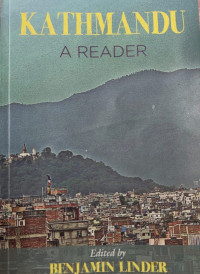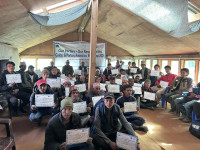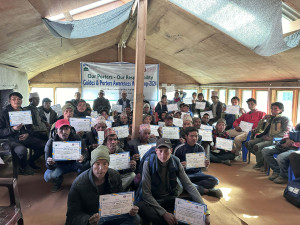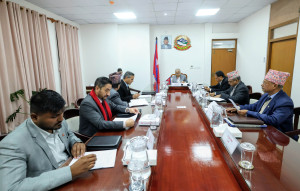Culture & Lifestyle
In search of mushrooms across Nepal
Since 2018, Rukshana Thapa has been travelling across the country to study mushrooms, uncovering their ecological, medicinal, and cultural significance.
Sanskriti Pokharel
Rukshana Thapa has been travelling for five years, not for leisure, but for mushrooms.
Her Instagram feed may look like that of an avid traveller, but she insists otherwise. “I travel only for mushrooms,” she says. For her, every journey, whether to Khaptad, Chitwan, Nagarkot, Shivapuri, Ilam, Rukum, or the remote Ruby Valley, has been a search for fungi. While others may see Nepal’s forests as trekking routes or holiday getaways, Rukshana’s eyes constantly scan the ground, searching for what most people overlook.
Thapa grew up in Suryabinayak, Bhaktapur, near the Doleshwar temple. Her home was surrounded by greenery, and she spent much of her childhood outdoors. “I loved being around trees,” she says.
She studied Biology in +2 before enrolling in a Bachelor’s in Agriculture (BSc Ag). Initially, her interest leaned toward insects. She was fascinated by their lifecycles, how some live only for a day, mating and dying within hours, while others, like dung beetles, live for years. These contrasts amazed her, and she considered writing her thesis in entomology.
But insects required dissection and killing, which began to trouble her. “It was sad for me,” she says. Around the same time, she was interning on a farm in Changunarayan. One day, while walking along a familiar path she had taken many times, she noticed something new that had always been there—mushrooms growing in large clusters.
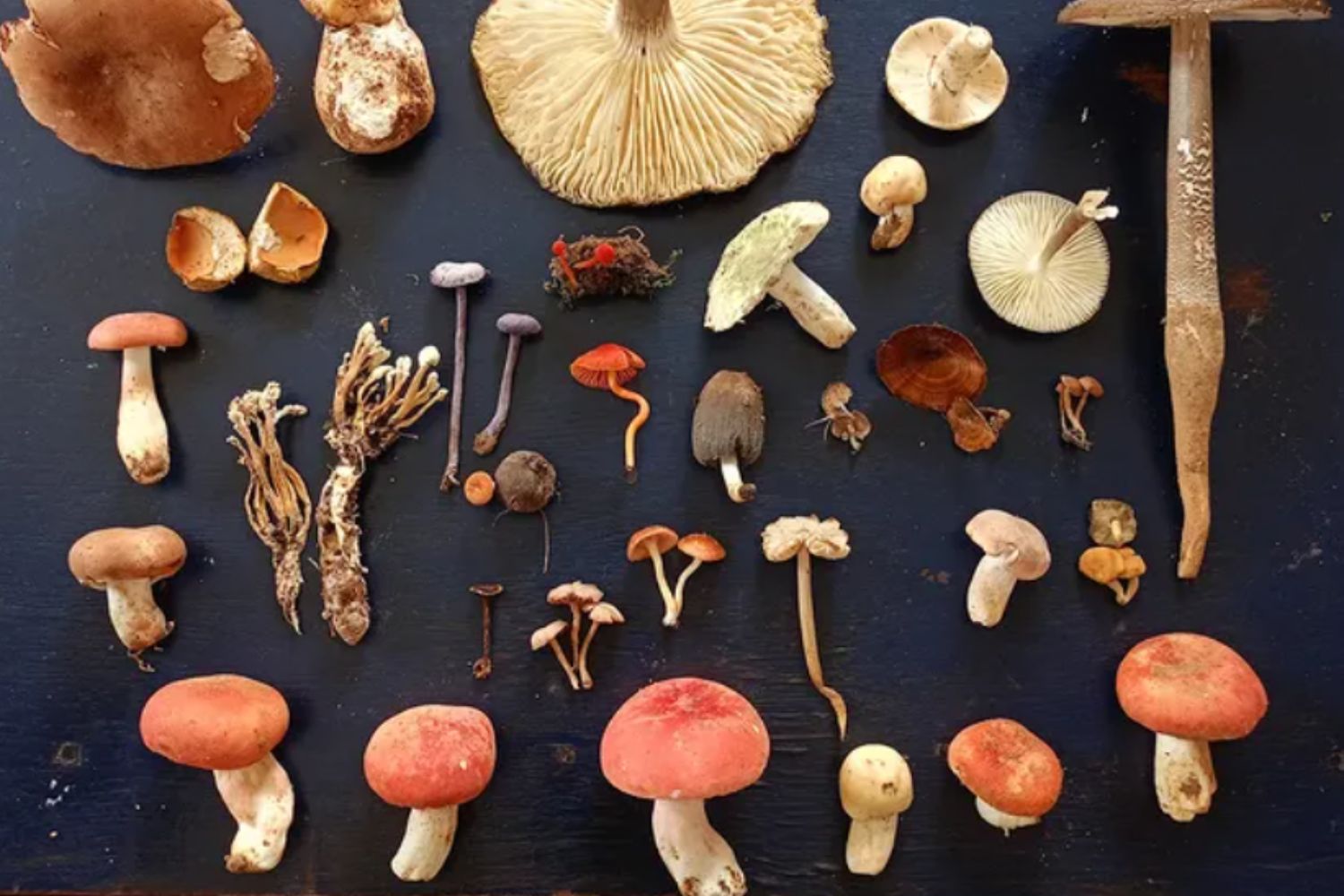
“I was amazed. Oh, these are mushrooms as well? I couldn’t believe how many varieties there were,” she recalls. That moment shifted her course. She abandoned her thesis on insects and focused on mushroom identification instead.
After graduating, Thapa knew she wanted to continue her studies, but only if they involved mushrooms. When deciding on her Master’s subject, she asked her teacher: “Which subject has more mushrooms in it?” She chose Organic Agriculture in Chitlang, where her classes begin in November.
“So far, I recognise mushrooms through my eyes, by observing their shape and features,” she says. “Now, I’ll get to work in labs, cut them open, and study them under a microscope.” For her, this feels like moving from the surface of the forest into its hidden layers.
Her excitement is not just about discovery. She sees untapped potential in Nepal’s fungi. “There are so many medicinal mushrooms in Nepal. If we utilise them, it will be beneficial,” she explains. Mushrooms, she notes, have anti-cancer, anti-inflammatory, antioxidant, and neuroprotective properties. They support immunity, help regulate blood sugar, and even offer digestive and mental health benefits.
Thapa’s mushroom journey has taken her across the country. In 2018, she began by travelling to Khaptad, Chitwan, and Shivapuri. Soon, her trips grew more ambitious. She went to Rukum, searched for mushrooms and taught at a local school. On Saturdays, when it was a holiday, she would head into the forest. “I developed such a deep connection with them. I felt like, if I return home, who will teach them?” she says.
Moreover, she secured a permit to research mushrooms in Shivapuri National Park, taking friends with her to explore. The rules meant she couldn’t bring mushrooms home, but the thrill of exploration kept her going.
Later, she travelled to Rara in search of the rare Gucchi mushrooms, known for their honeycomb-like appearance and earthy flavour. She had seen them on social media and couldn’t resist finding them in person. “When I found it, I felt infinite happiness. My journey was complete,” she says.
She also travelled to Ruby Valley through an NGO, where she identified new medicinal mushrooms and spoke with locals about their uses. She even set her sights on Yarsagumba, the fungus prized across Asia as medicine and aphrodisiac.
The trek for Yarsagumba was one of the most difficult journeys she has ever made. Found only in high altitudes, Yarsagumba grows in rocky landscapes prone to landslides. “One won’t know if a stone falls from above until it hits them,” she explains. “People easily die there.”
Thapa recalls trekking when the season was almost over. The path was slick with rain and dangerous at every turn. She even witnessed someone lose their life on the trail. “It was one of the most dangerous yet beautiful treks,” she says.
The trek also revealed harsh truths. Locals depend on Yarsagumba to survive, often taking loans with the hope of paying them back by selling what they collect. High-quality Yarsagumba, golden in colour, can fetch prices equal to gold. Darker ones sell for less. “People’s entire lives depend on these mushrooms,” she says.
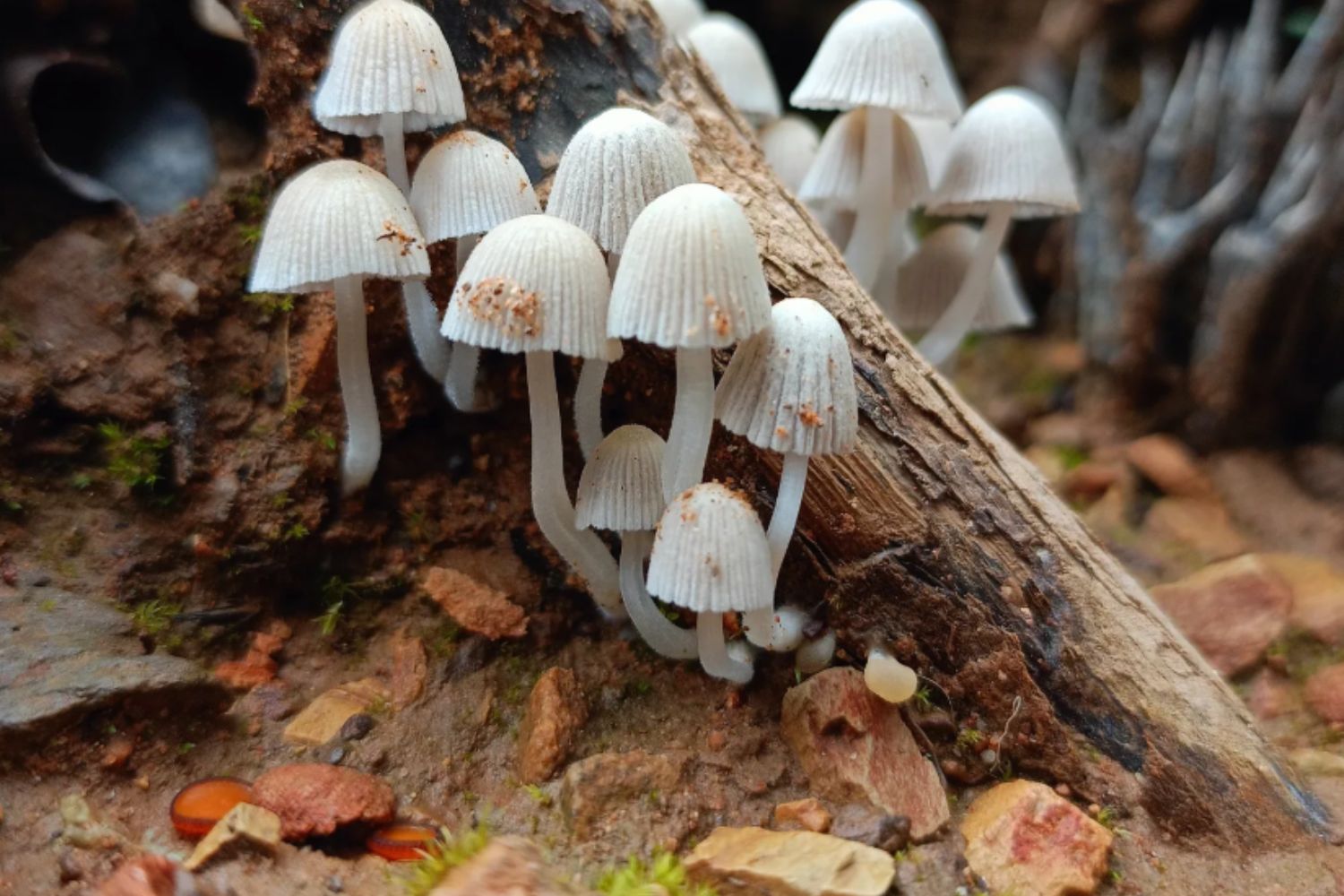
For her, finding three Yarsagumba in two hours was enough. “My goal was just to see them growing,” she says.
Ask Thapa if she has encountered ‘magic mushrooms’ and she laughs. “I get so many messages on social media asking if I sell them. But for me, all mushrooms are magical.”
She is fascinated by their role in nature. Mushrooms absorb heavy metals from soil, helping trees survive. Some are poisonous to humans but are still beneficial to forests. Others hold cultural significance. The Tinder fungus, for instance, takes more than a decade to decompose. Rai communities have long carved them into masks to frighten away evil spirits. “A few years back, Thamel shops were full of such masks. Now the trend has slowed, but the tradition still survives,” she says.
Thapa’s passion is no longer just personal. Inspired by foraging groups she saw online, she began organising mushroom hikes in Nepal. At first, they were just small outings with friends. They pooled money, hiked to Shivapuri, ate snacks, and searched for mushrooms. Later, she opened it to anyone interested. “Even if one person joins, I will go,” she says.
What began as weekend hikes soon turned into full expeditions. Once, she took a single participant on an 11-day journey through Shivapuri, Chitwan, and Pokhara. For her, it was less about numbers and more about sharing her world.
At home, her family has also changed. Her mother once begged her not to touch mushrooms, fearing they were poisonous. Now, the same family members consult her before cooking them. “They trust me enough to eat what I identify as safe,” she says proudly.
Thapa admits she has not mapped out her career in detail. But she knows one thing: mushrooms will always be at the centre. She dreams of opening her own lab to cultivate and study wild varieties found in Nepal’s forests.
For now, she is focused on the present. Rainy season is mushroom season, and it brings her the greatest joy. “I can’t contain my happiness,” she says.
Exploring mushrooms is not without risks. Sometimes, it is not the forest or the animals she worries about, but people. “There are drunk men on the trails. That is what feels unsafe,” she admits. Yet the risks do not outweigh her passion.




 6.12°C Kathmandu
6.12°C Kathmandu




